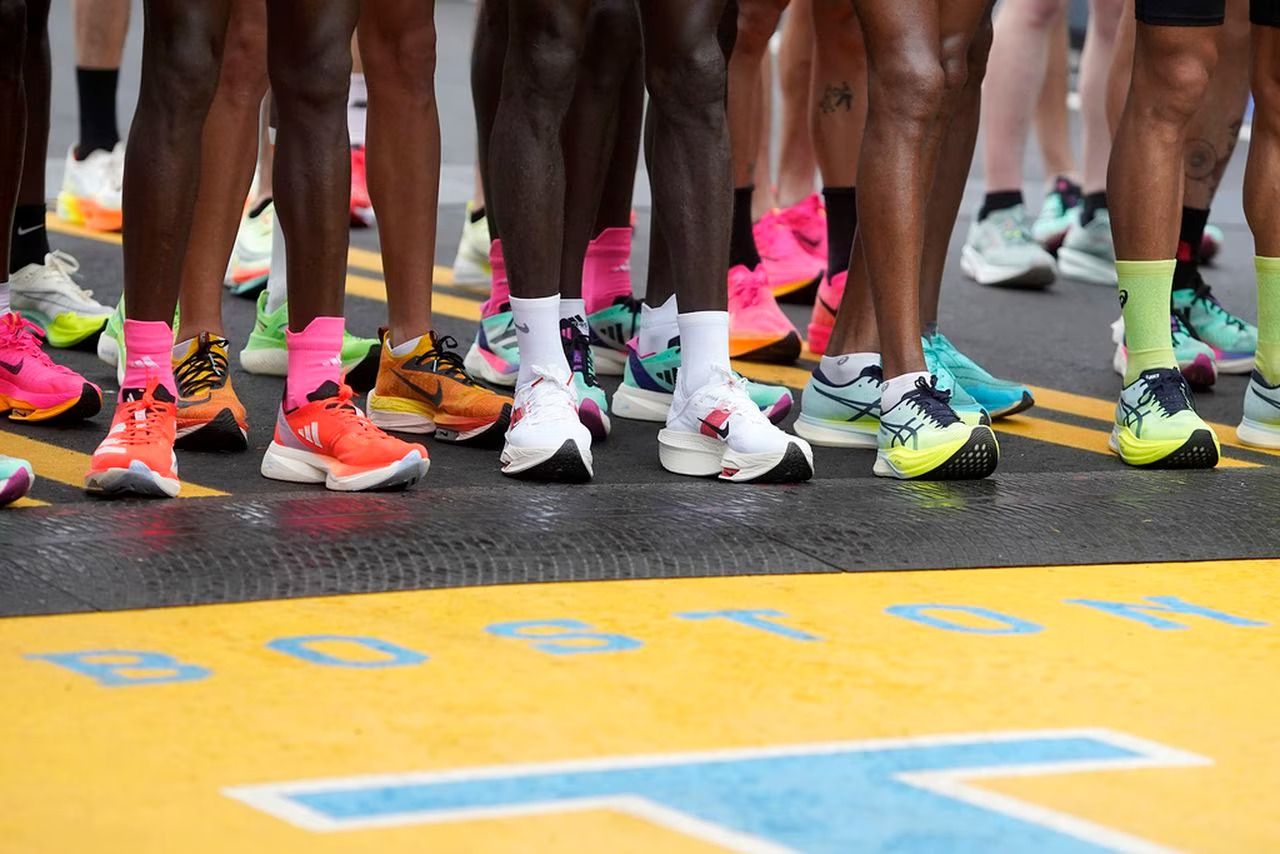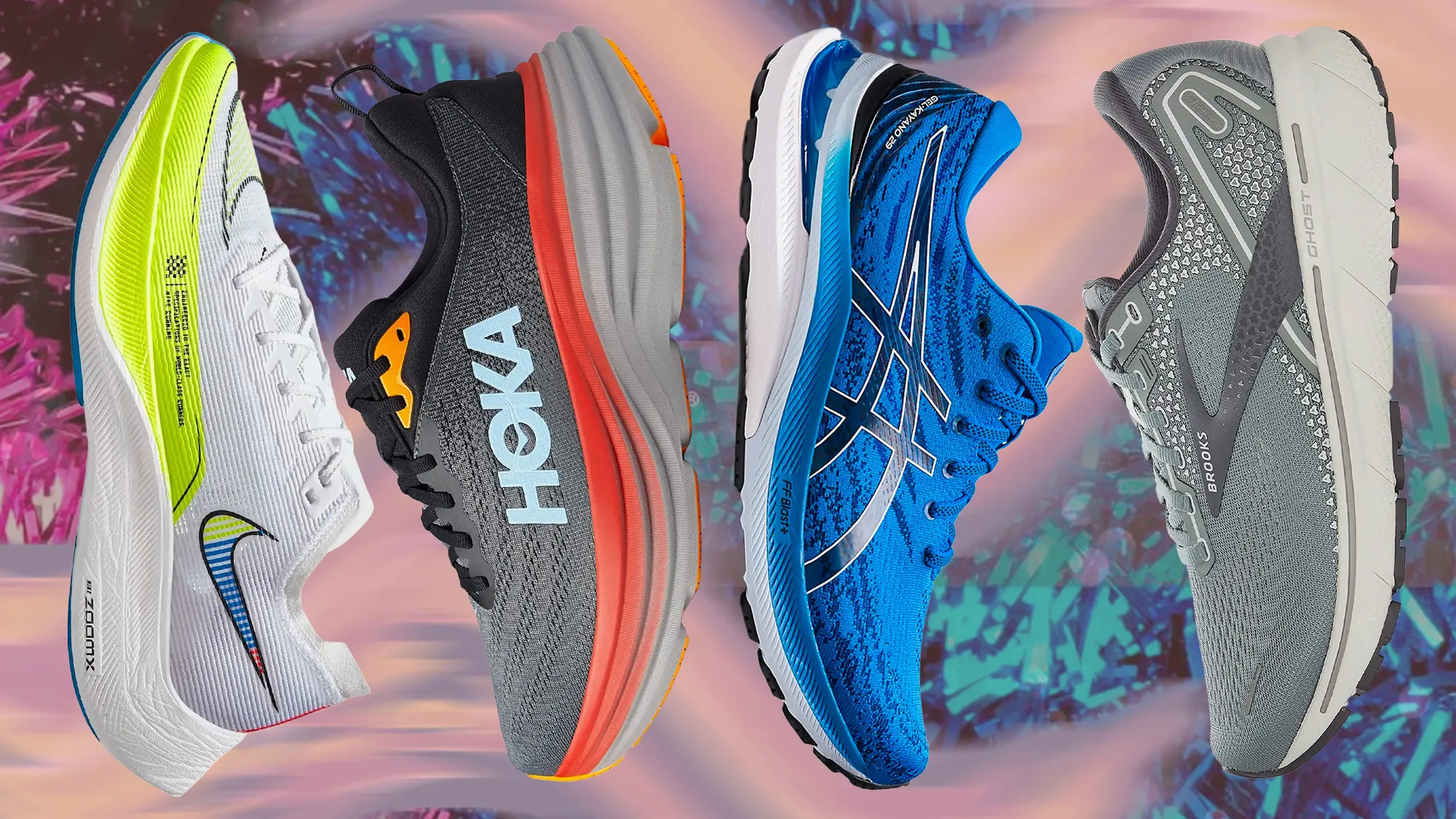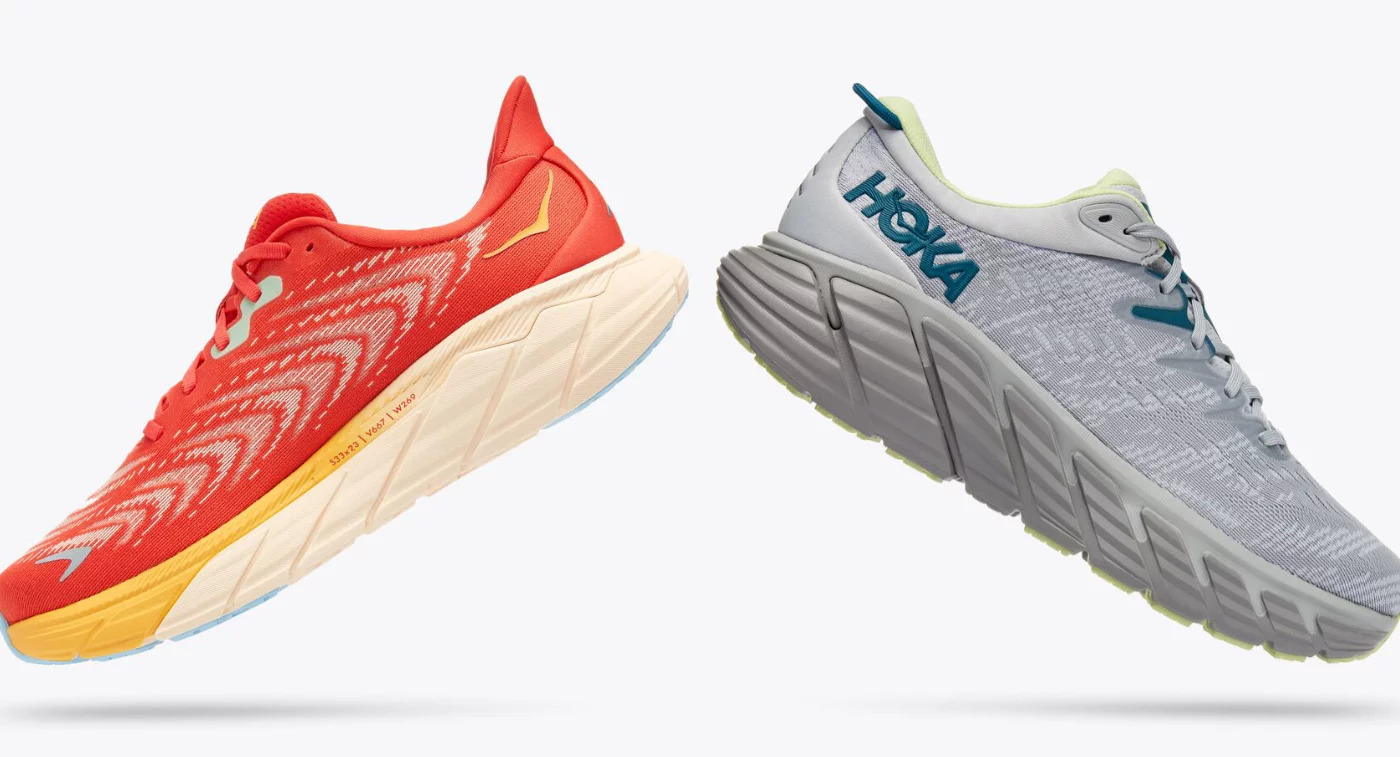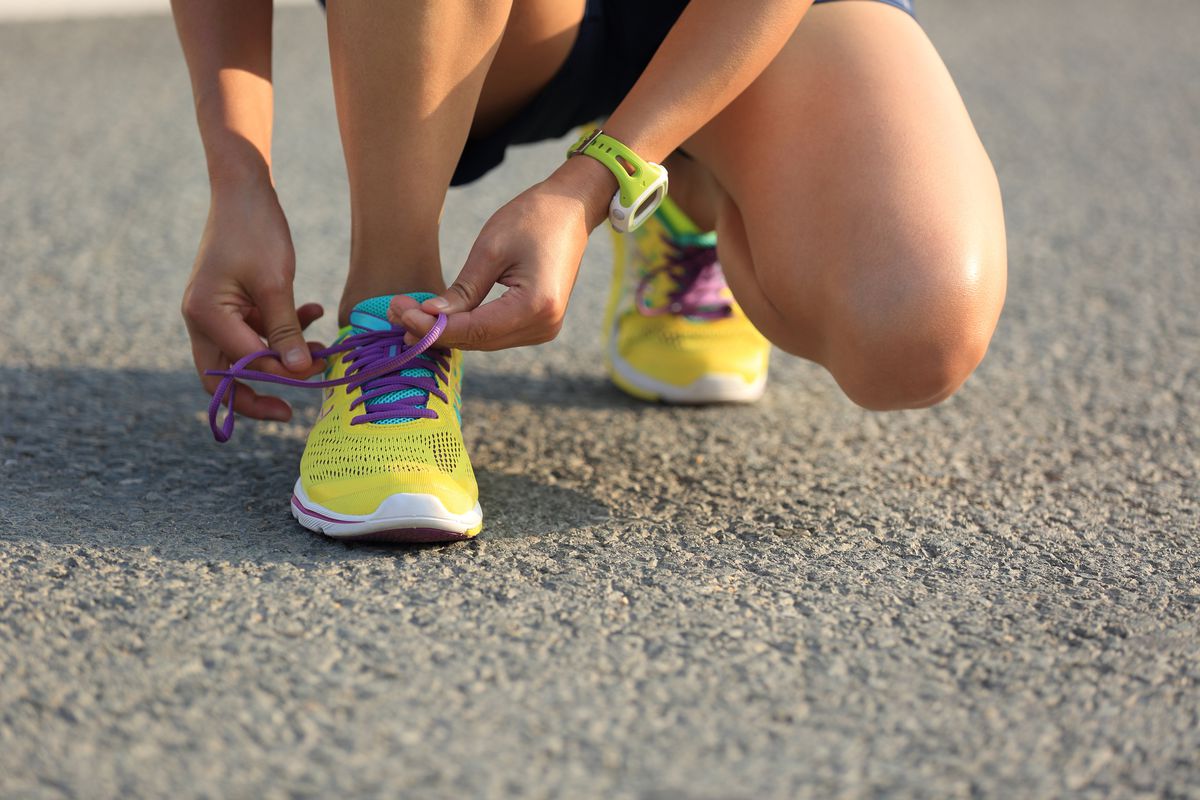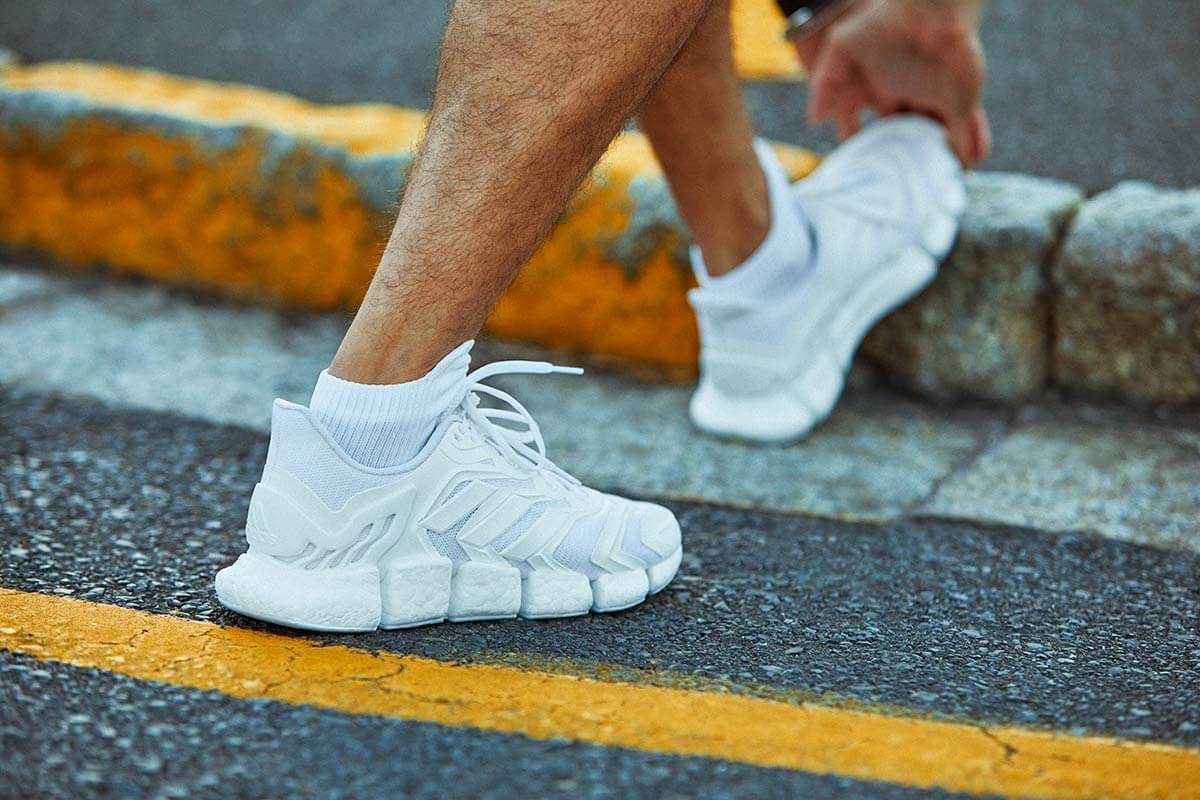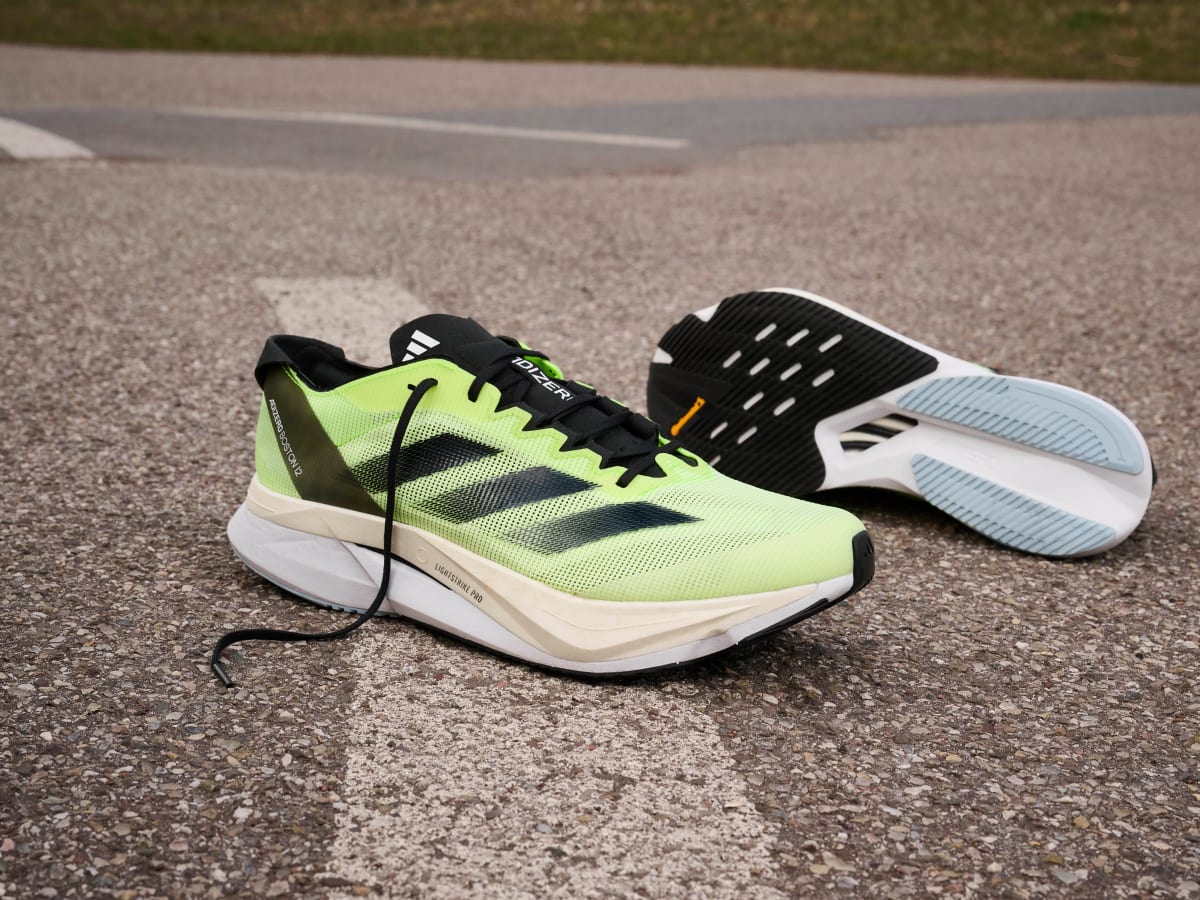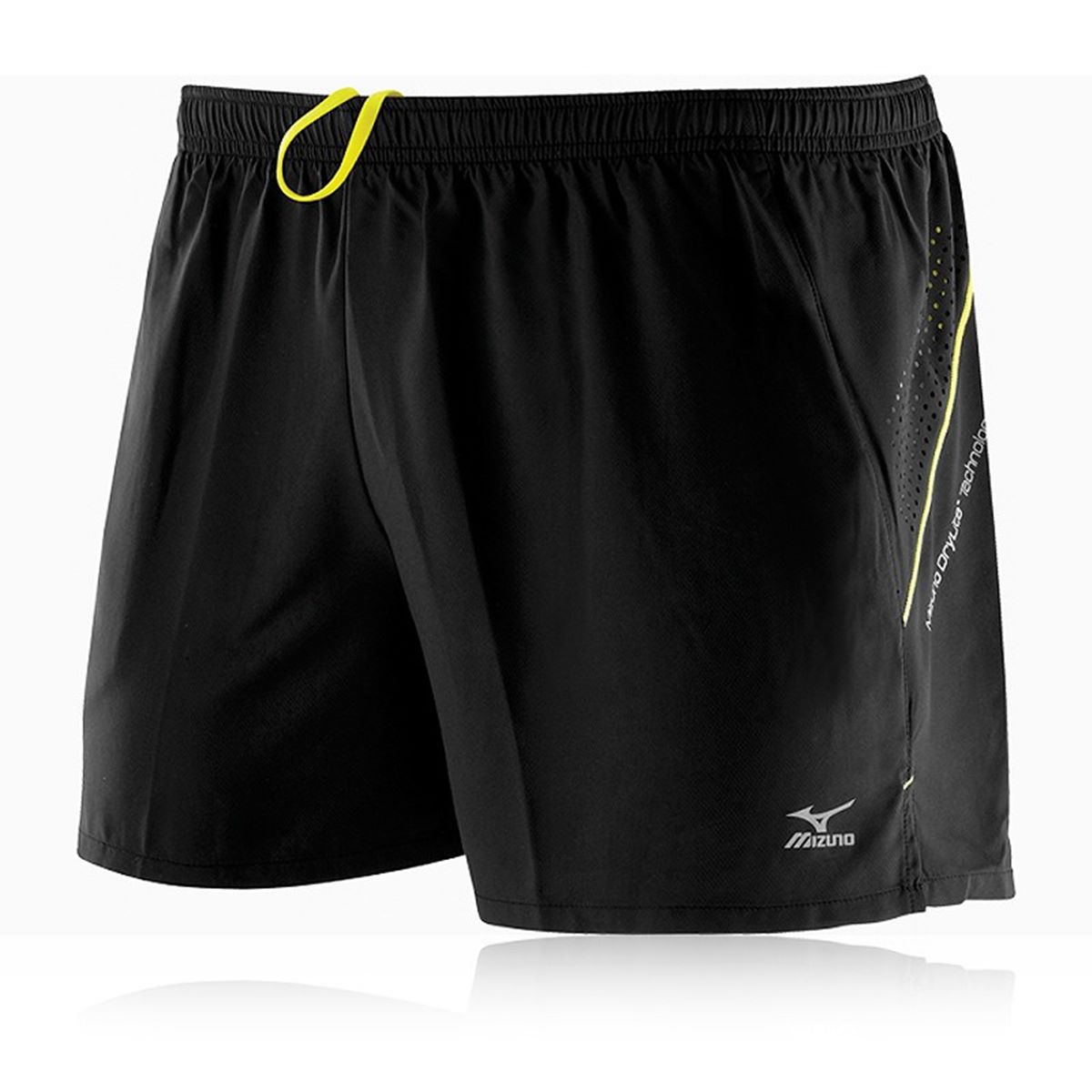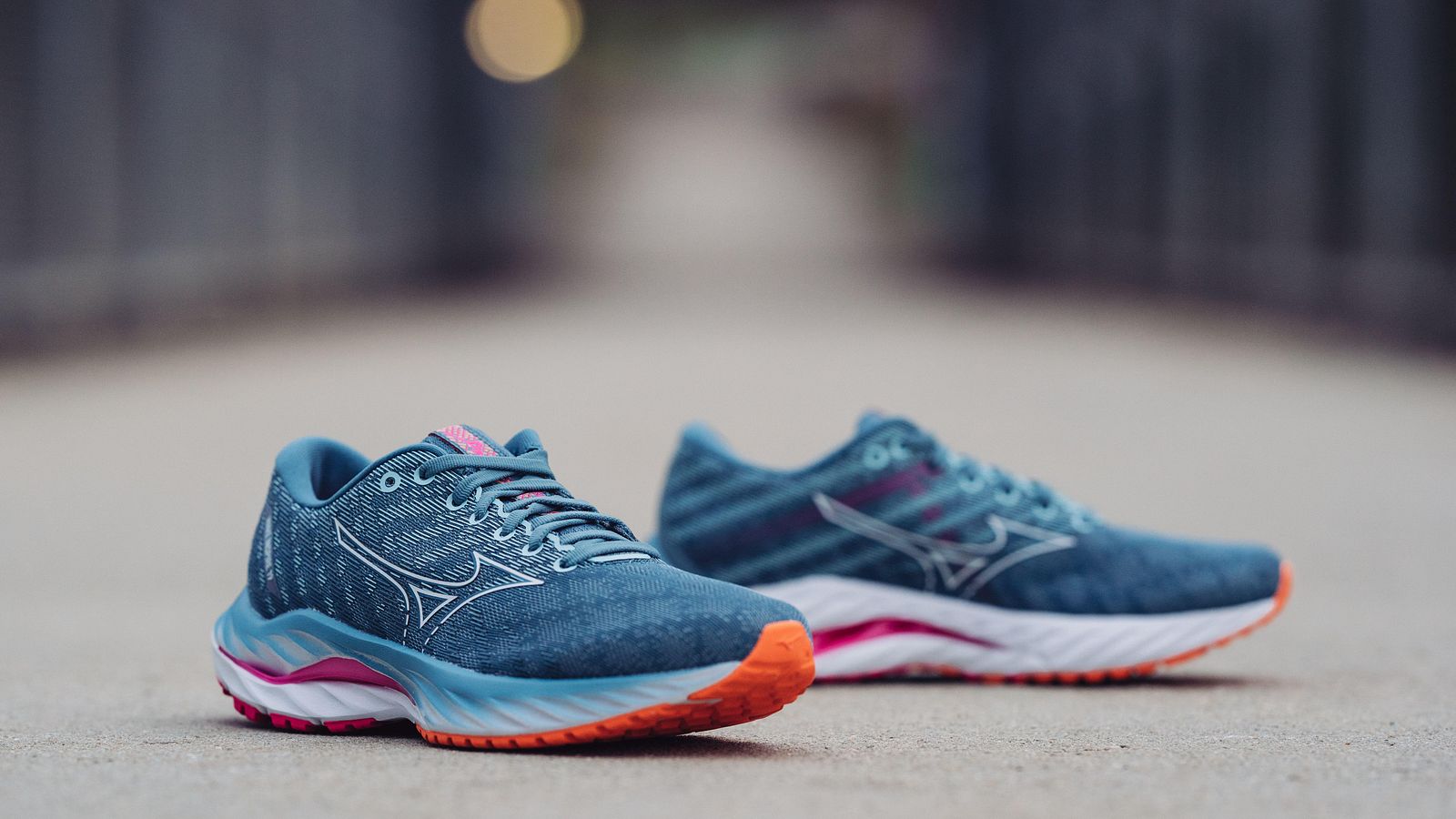

Brands
How Long Do Mizuno Running Shoes Last
Published: August 12, 2023
Discover how long Mizuno running shoes last compared to other brands. Find out the durability and lifespan of Mizuno shoes for your running needs.
Introduction
When it comes to running shoes, Mizuno has established itself as a trusted and reliable brand. Known for their high-quality craftsmanship and innovative designs, Mizuno running shoes are a popular choice among both professional athletes and running enthusiasts alike. But like any pair of shoes, they won’t last forever. Understanding the lifespan of Mizuno running shoes is essential in order to get the most out of your investment.
Knowing when to replace your running shoes is crucial to avoid discomfort, injuries, and potential damage to your feet. In this article, we will explore the factors that affect the lifespan of Mizuno running shoes, the typical lifespan you can expect, the signs that indicate it’s time for a replacement, and tips to extend the lifespan of your beloved Mizuno running shoes.
Whether you’re a seasoned runner or just starting out, taking care of your running shoes is important for optimal performance and longevity. So, let’s dive in and discover how long your Mizuno running shoes can last and what you can do to make them go the extra mile!
Factors Affecting the Lifespan of Mizuno Running Shoes
Several factors come into play when considering the lifespan of Mizuno running shoes. Understanding these factors can help you make informed decisions, take better care of your shoes, and maximize their performance and durability.
- Running Surface: The type of surface you predominantly run on can significantly impact the lifespan of your Mizuno running shoes. Rough and abrasive surfaces, such as trails or concrete, can wear down the outsole and midsole faster than smoother surfaces like a track or treadmill. Regularly running on harsh surfaces may lead to quicker deterioration.
- Running Style and Frequency: Your running style and the frequency of your runs can also influence the lifespan of your running shoes. If you have an aggressive running style with heavy impacts or frequently participate in long-distance runs, your shoes may wear out faster compared to someone with a lighter running style or who runs shorter distances.
- Weight and Body Mechanics: Your body weight and mechanics play a role in the wear and tear of your running shoes. Heavier individuals or those with specific gait patterns may experience more significant wear on their shoes. Understanding your foot mechanics, such as overpronation or supination, can help you choose the appropriate Mizuno running shoe model that provides the right support and cushioning for your needs.
- Maintenance and Care: How well you take care of your Mizuno running shoes can directly impact their lifespan. Regularly cleaning your shoes, allowing them to dry thoroughly after each run, and avoiding excessive exposure to extreme temperatures or direct sunlight can help preserve their integrity. Additionally, rotating multiple pairs of running shoes can reduce the wear and tear on a single pair and extend their overall lifespan.
- Terrain and Weather Conditions: The specific terrain and weather conditions you encounter during your runs can also affect the lifespan of your Mizuno running shoes. Wet and muddy conditions, for example, can lead to accelerated deterioration of the materials, while excessive exposure to extreme heat or cold can cause premature wear and breakdown.
It’s important to note that these factors interact with each other, and each individual’s experience may vary. Pay attention to your running patterns, maintain proper shoe care, and listen to your body to determine when it’s time to replace your Mizuno running shoes.
Typical Lifespan of Mizuno Running Shoes
The lifespan of Mizuno running shoes can vary depending on several factors, such as usage, running style, terrain, and maintenance. While there is no exact timeframe for how long a pair of Mizuno running shoes will last, it is generally recommended to replace them every 300-500 miles.
For avid runners who log high mileage, this means replacing their Mizuno running shoes every three to six months. However, casual runners or those who run fewer miles may find that their shoes can last up to a year or more. It’s important to keep in mind that these are just general guidelines, and individual experiences may differ.
The midsole, which provides cushioning and support, is usually the first part of the shoe to wear out. Over time, the foam loses its responsiveness, and the cushioning becomes less effective. This can result in diminished shock absorption, increased discomfort, and an increased risk of injuries. The outsole, which provides traction and durability, can also show signs of wear and tear, especially if regularly exposed to rough surfaces.
Additionally, the upper, which encompasses the body of the shoe, including the laces and mesh material, may start to show signs of wear and tear. This can manifest as fraying or holes in the fabric, loosened stitching, or a loss of structural integrity, affecting the overall fit and support of the shoe.
It’s essential to pay attention to these signs and regularly inspect your Mizuno running shoes for any noticeable wear. Both visual and physical indicators can help you assess whether it’s time to retire your shoes and invest in a new pair for optimal performance and injury prevention.
Remember, the lifespan of your Mizuno running shoes may also depend on how well you take care of them. Proper cleaning, drying, and storage can help extend their longevity. Regularly rotating between multiple pairs of running shoes can also help distribute the impact and wear evenly, prolonging their lifespan.
In the end, listen to your body and be aware of any discomfort or change in performance. If you start experiencing persistent pain or discomfort during your runs, it might be a sign that your Mizuno running shoes have reached the end of their lifespan and need to be replaced.
Signs that Indicate It’s Time to Replace Your Mizuno Running Shoes
Knowing when to replace your Mizuno running shoes is crucial for maintaining comfort, preventing injuries, and ensuring optimal performance. Here are some signs that indicate it’s time to retire your current pair and invest in a new set of running shoes:
- Decreased Cushioning: If you notice that the cushioning in your Mizuno running shoes has significantly worn down, resulting in less support and shock absorption, it’s a clear sign that they have reached the end of their lifespan. When you no longer feel the same level of comfort and responsiveness, it’s time for a replacement.
- Visible Wear and Tear: Inspect your Mizuno running shoes for any visible signs of wear and tear. Look for frayed fabric, holes, loose stitching, or a deteriorating outsole. If you notice any of these signs, it indicates that the shoes are no longer providing the necessary support and protection.
- Uneven Tread Worn: Take a close look at the tread pattern on the outsole of your Mizuno running shoes. Uneven wear patterns, such as excessive wear on one side or the front, can indicate imbalances in your gait or running style. This can lead to discomfort and a higher risk of injuries, signaling the need for a new pair.
- Recurring Pain or Discomfort: If you consistently experience pain or discomfort in your feet, ankles, knees, or lower legs during or after your runs, it may be a sign that your Mizuno running shoes are no longer providing the necessary support or shock absorption. This could be due to the breakdown of cushioning materials or a loss of structural integrity.
- Exceeded Mileage: Keep track of the mileage you’ve put on your Mizuno running shoes. As mentioned earlier, a general guideline is to replace them every 300-500 miles. If you have surpassed this mileage range, even if your shoes still appear to be in good condition, it’s recommended to err on the side of caution and invest in a new pair to maintain optimal performance and reduce the risk of injuries.
Remember, these signs may vary based on individual factors such as body weight, running style, and the terrain you run on. It’s important to regularly inspect your Mizuno running shoes and pay attention to any discomfort or changes in performance. Trust your instincts and replace your shoes when necessary to ensure a safe and enjoyable running experience.
Tips to Extend the Lifespan of Your Mizuno Running Shoes
While the lifespan of your Mizuno running shoes will eventually come to an end, there are several ways you can prolong their durability and performance. Here are some tips to help you get the most out of your Mizuno running shoes:
- Rotate Your Shoes: Consider purchasing multiple pairs of Mizuno running shoes and rotating them during your runs. This allows each pair to have ample time to recover and bounce back, reducing the wear and tear on a single pair and extending their overall lifespan.
- Keep Them Clean: Regularly clean your running shoes to remove dirt, dust, and debris that can accumulate and potentially damage the shoe materials. Use a soft brush or cloth to gently scrub the upper, outsole, and midsole. Avoid using harsh chemicals or throwing them in the washing machine, as this can lead to deterioration.
- Allow Them to Dry Properly: After running in wet conditions or cleaning your Mizuno running shoes, make sure to allow them to dry fully before wearing them again. Remove any excess moisture using a towel and then let them air dry naturally. Avoid using direct heat sources like radiators or dryers, as this can cause damage to the materials.
- Store Them Carefully: When you’re not wearing your Mizuno running shoes, store them in a cool, dry place away from direct sunlight. Avoid folding or crushing them, as this can deform the materials. Utilize shoe trees or stuff them with newspaper to maintain their shape and prevent creases.
- Replace Insoles Regularly: Over time, the insoles of your Mizuno running shoes can become compressed and lose their support. Consider replacing them periodically to ensure optimal cushioning and comfort. This can help minimize the impact on the midsole and prolong the overall lifespan of the shoes.
- Choose the Right Shoe for Your Needs: Ensure you are wearing the appropriate Mizuno running shoe for your running style, foot type, and terrain. This will ensure that the shoes are providing the necessary support and cushioning for your specific needs, reducing the risk of premature wear and tear.
- Listen to Your Body: Pay attention to any discomfort, pain, or changes in performance while running. If you start experiencing persistent issues, it may be an indication that your current Mizuno running shoes have reached the end of their lifespan and need to be replaced.
By following these tips, you can significantly extend the lifespan of your Mizuno running shoes. However, it’s important to remember that no shoe will last forever. Eventually, the materials will wear out, and the shoes will lose their effectiveness in providing support and cushioning. When you feel that your Mizuno running shoes are no longer performing adequately, it’s time to bid them farewell and invest in a new pair to continue your running journey.
Conclusion
Understanding the lifespan of your Mizuno running shoes is crucial for maintaining optimal performance, comfort, and safety during your runs. While there is no set timeframe for how long they will last, factors such as running surface, running style, weight, maintenance, and terrain can affect their durability. It is generally recommended to replace Mizuno running shoes every 300-500 miles of wear.
By paying attention to signs of wear and tear, such as decreased cushioning, visible damage, uneven tread wear, recurring pain, or exceeded mileage, you can determine when it’s time to replace your Mizuno running shoes. Additionally, taking proper care of your shoes by cleaning them regularly, allowing them to dry thoroughly, and storing them correctly can help extend their lifespan.
Remember to listen to your body and trust your instincts. If you experience discomfort or notice a decline in performance, it may be a sign that your running shoes have reached the end of their lifespan and need to be replaced. Investing in a new pair of Mizuno running shoes will not only enhance your running experience but also reduce the risk of injuries associated with worn-out shoes.
Ultimately, keeping your Mizuno running shoes in good condition and replacing them when necessary will ensure that you can continue to enjoy your runs with optimal support, cushioning, and durability. So lace up your shoes, hit the road, and make the most out of your Mizuno running shoes!
